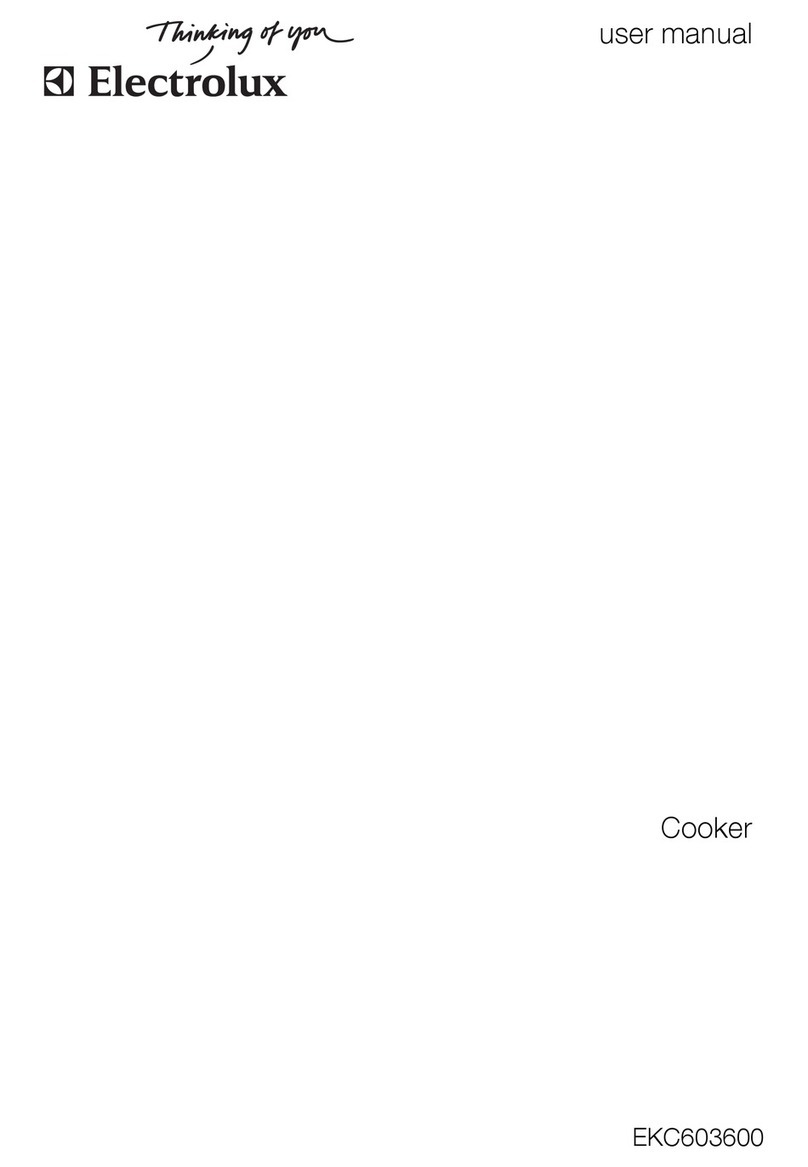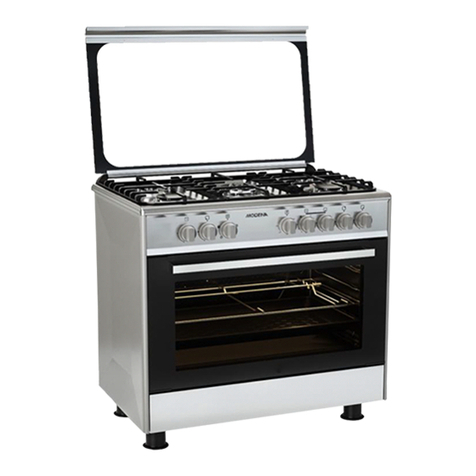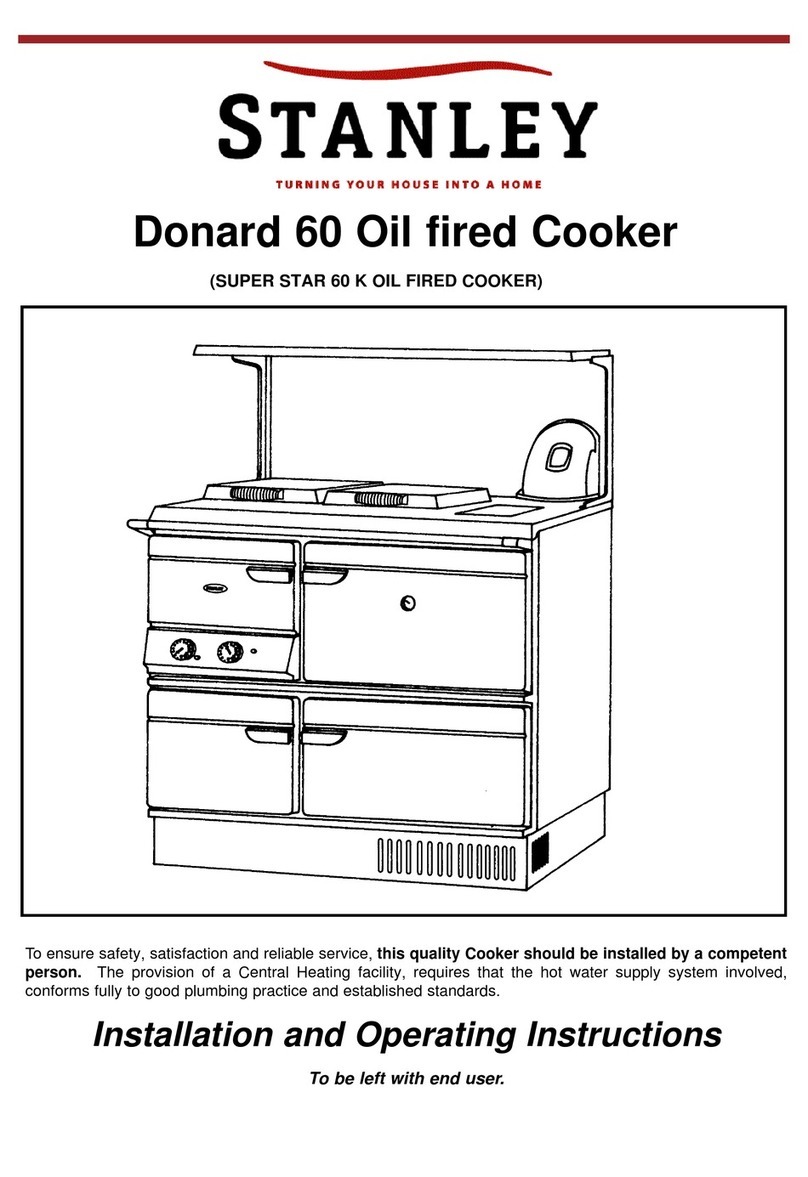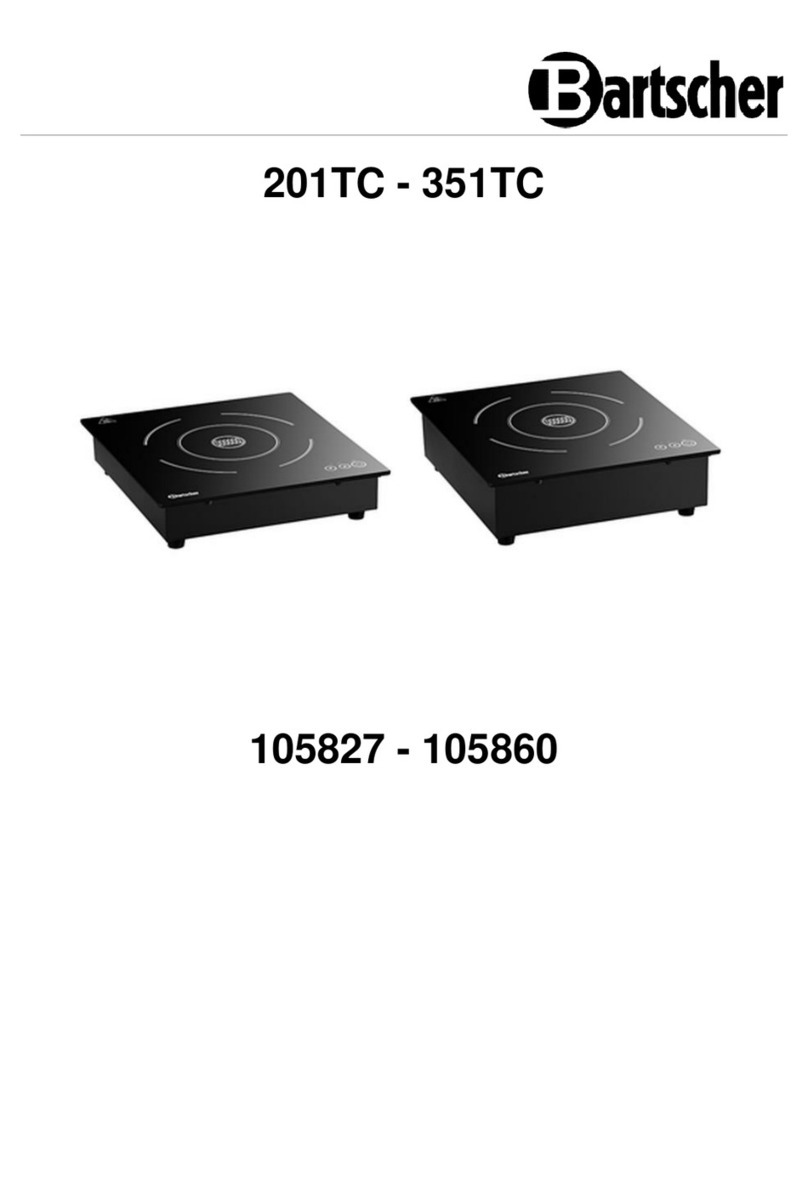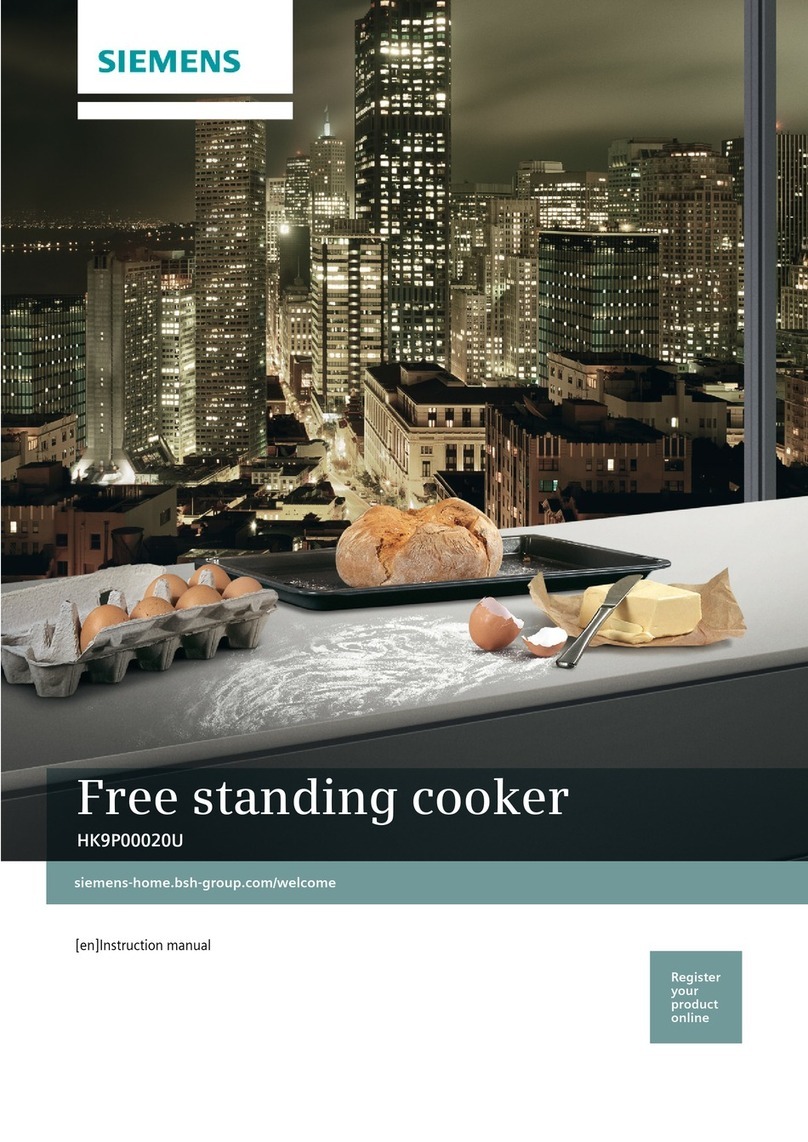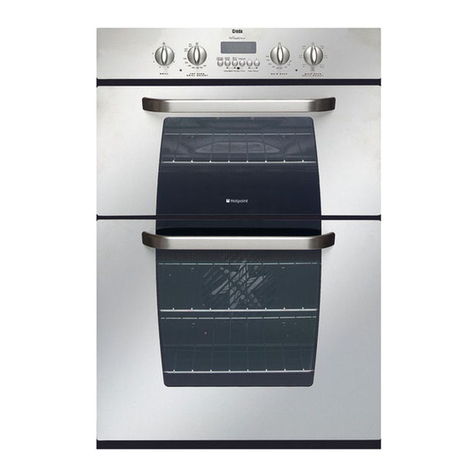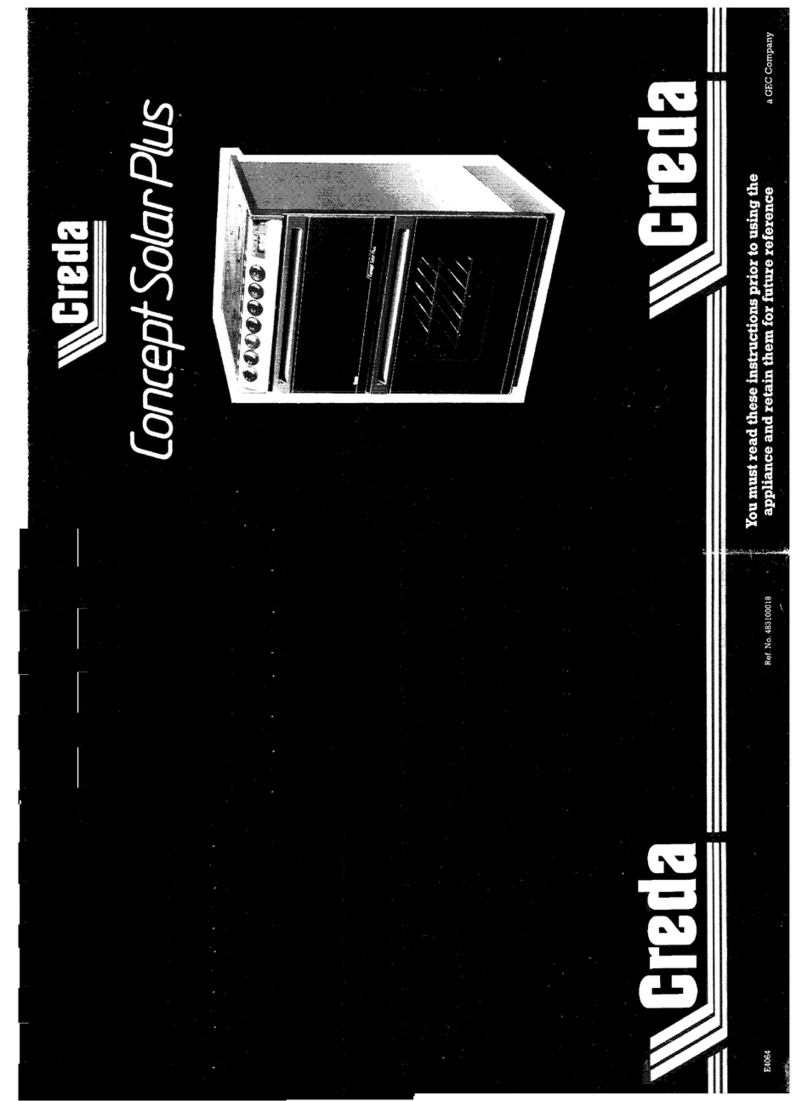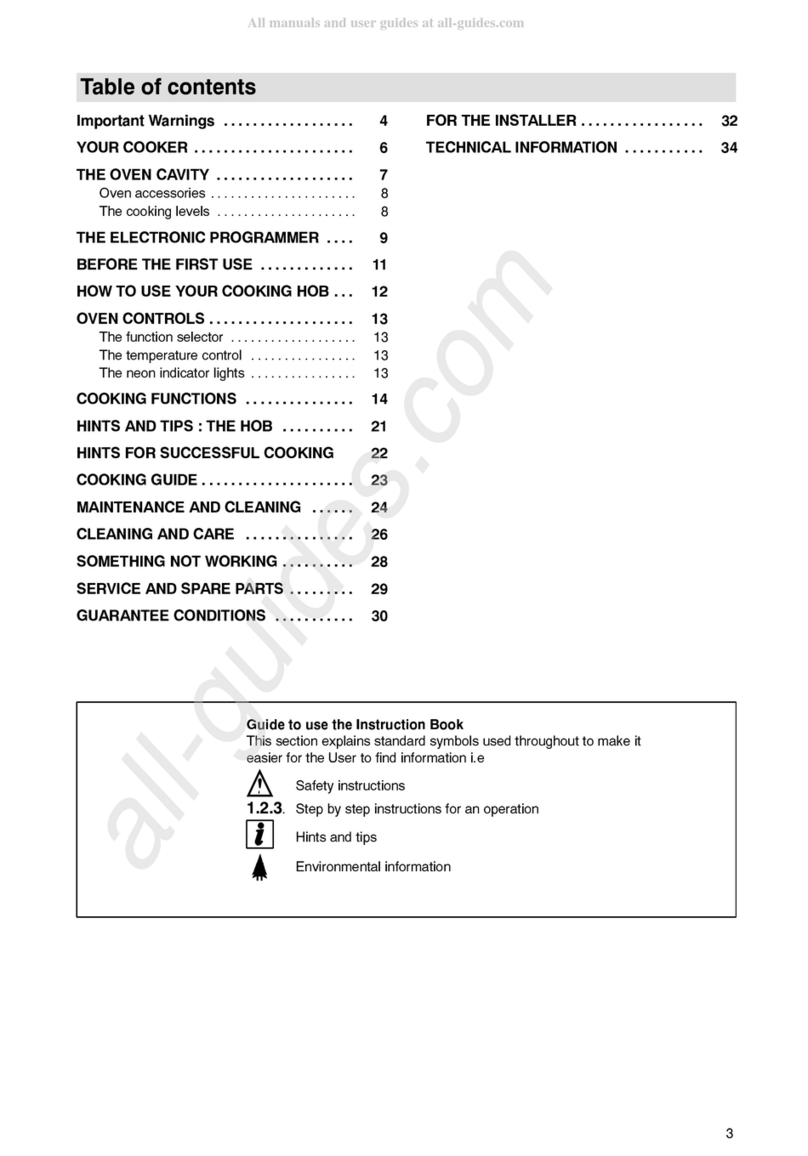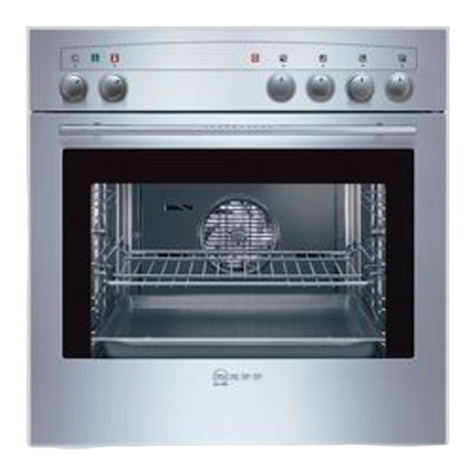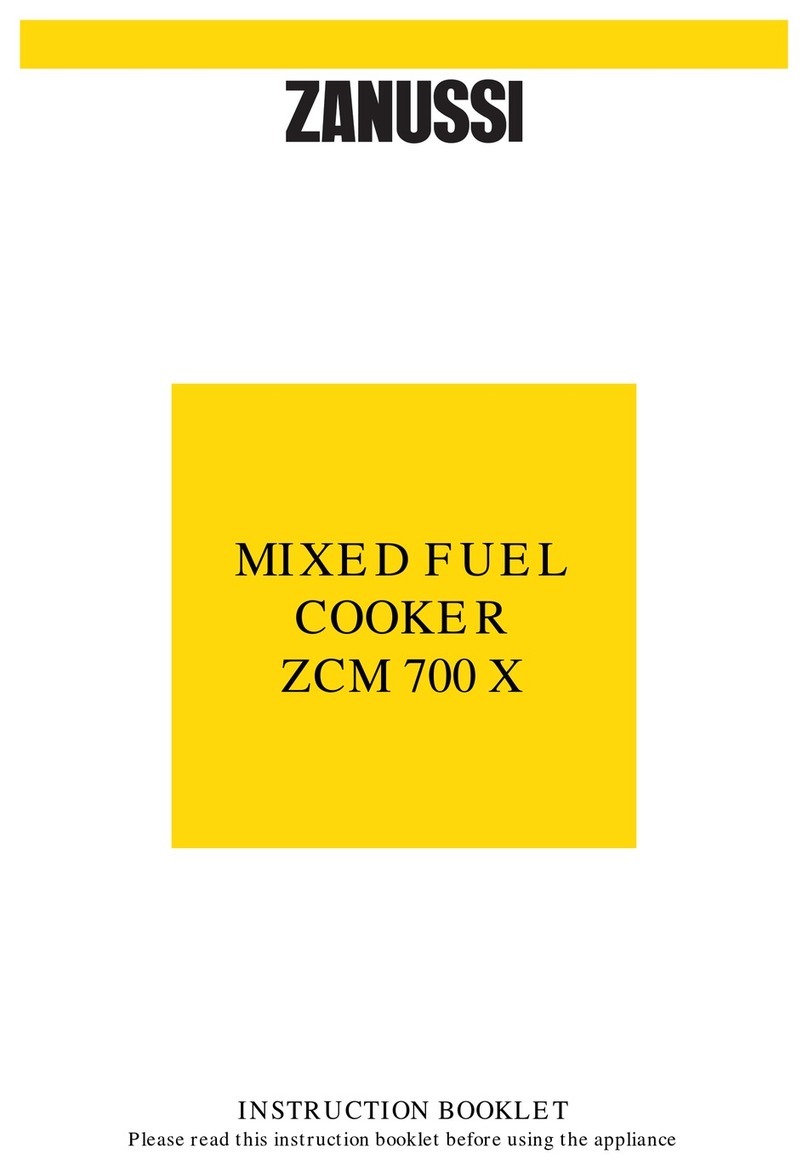Electrolux EK 5741 User manual
Other Electrolux Cooker manuals
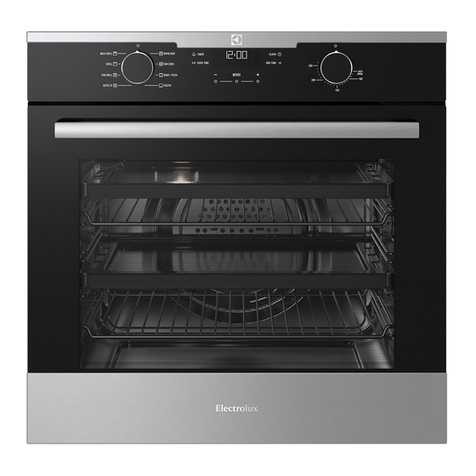
Electrolux
Electrolux EVE611SA User manual

Electrolux
Electrolux EH L20-4 User manual

Electrolux
Electrolux EVE916BA User manual

Electrolux
Electrolux LKR500002W User manual
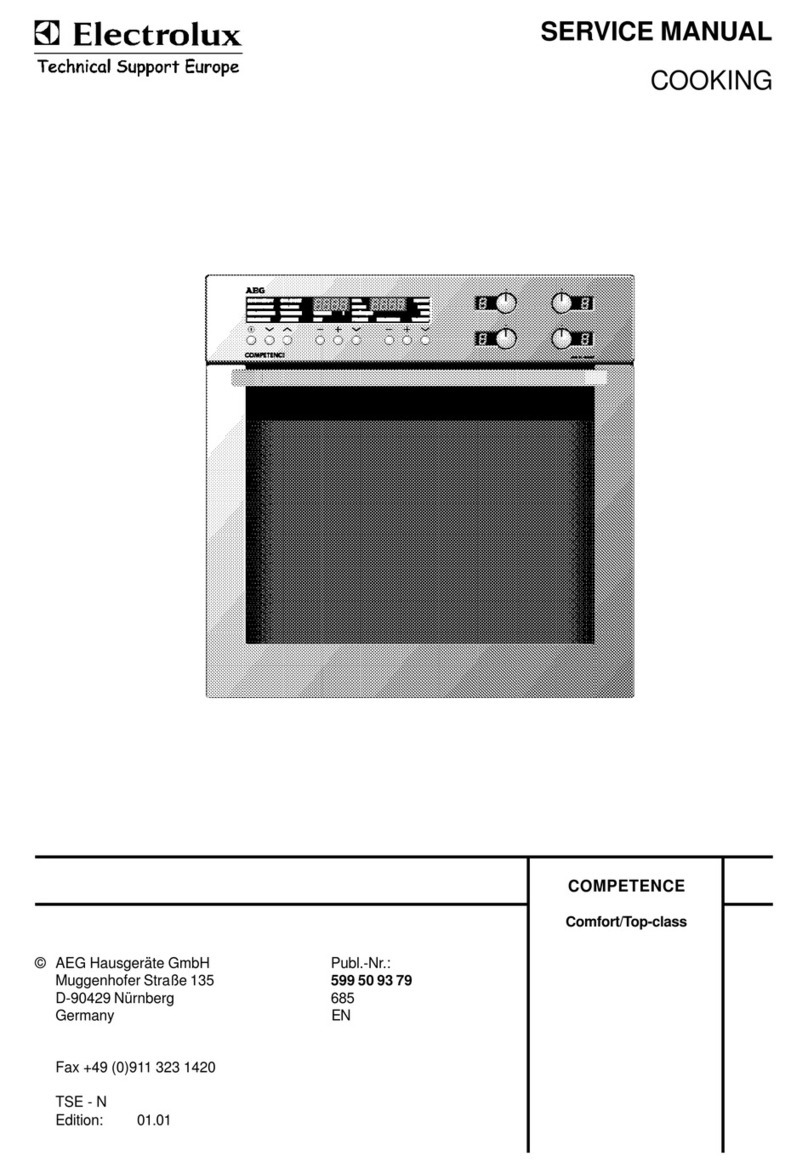
Electrolux
Electrolux Range User manual

Electrolux
Electrolux EKK 60331 User manual

Electrolux
Electrolux EH L2-3 User manual
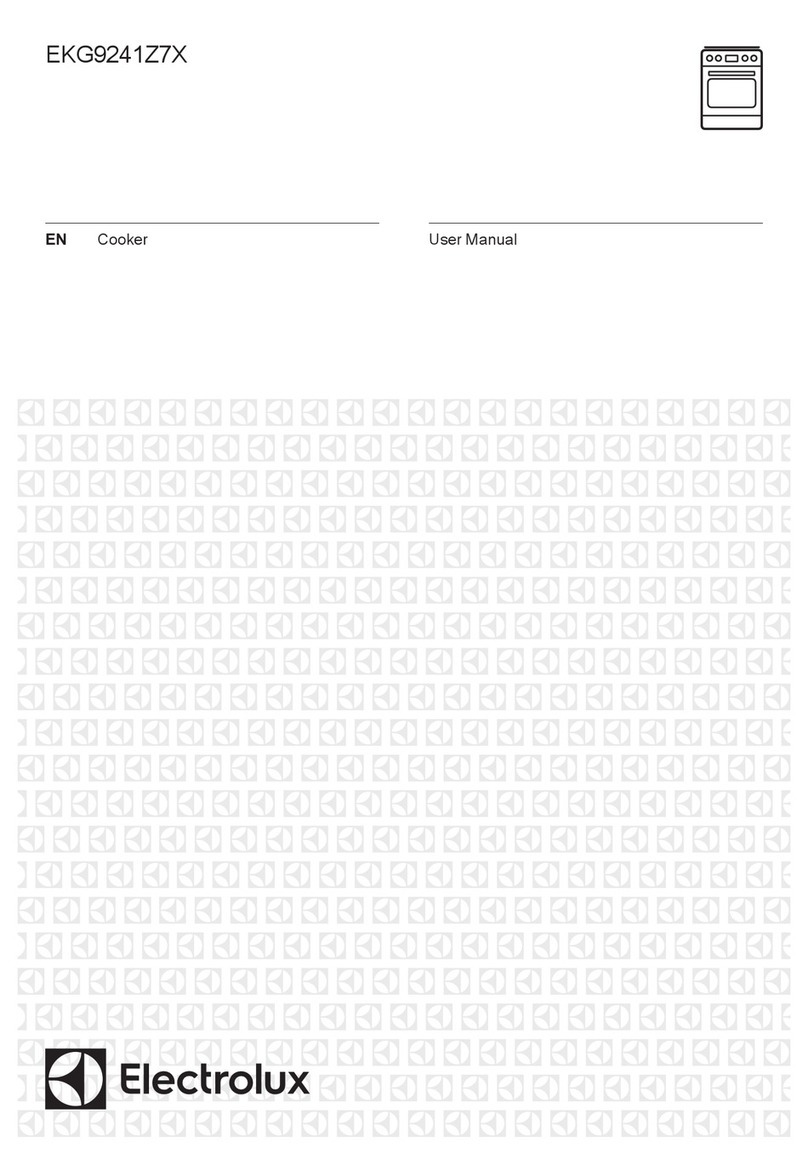
Electrolux
Electrolux EKG9241Z7X User manual
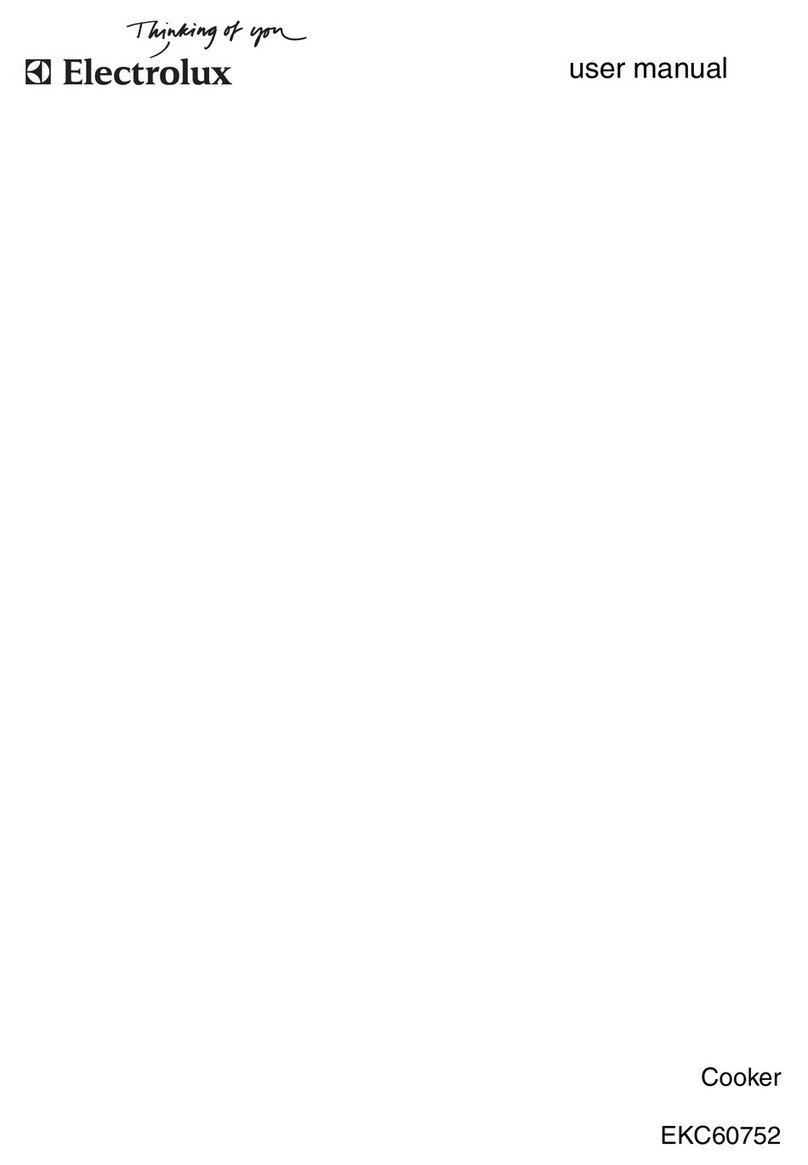
Electrolux
Electrolux EKC60752 User manual
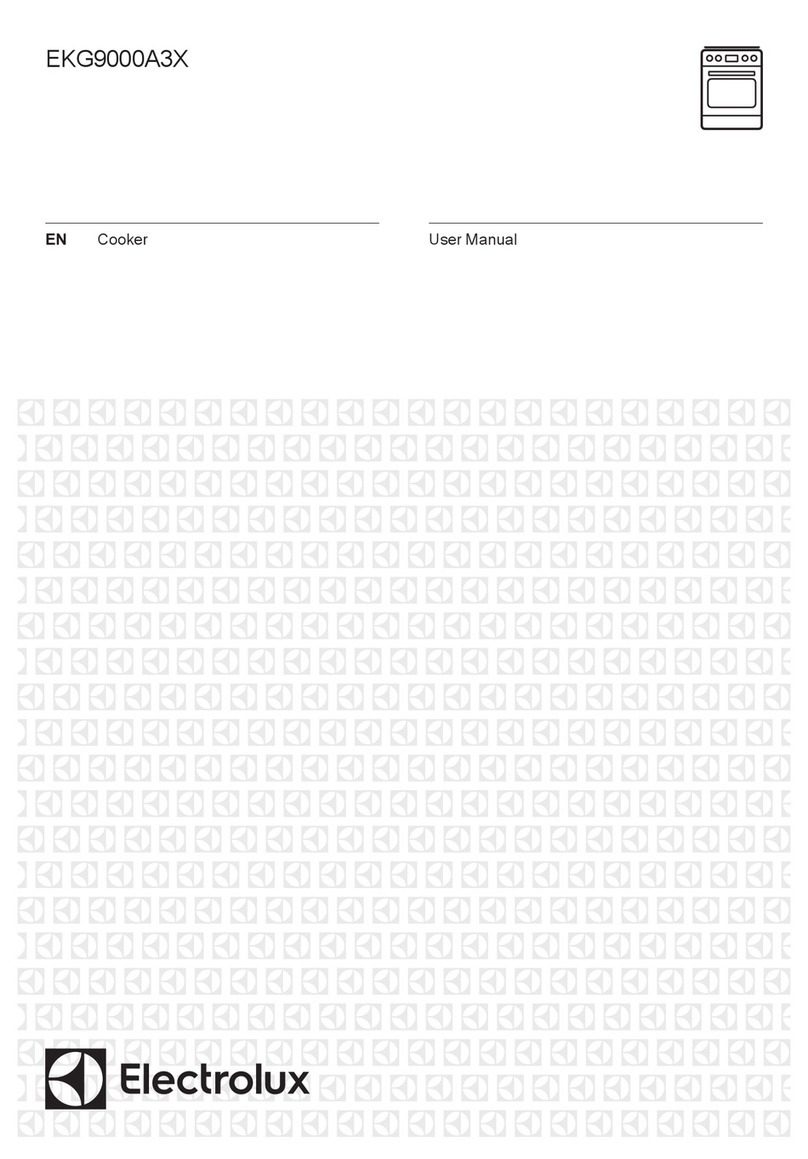
Electrolux
Electrolux EKG9000A3X User manual

Electrolux
Electrolux Insight EKG6046 User manual

Electrolux
Electrolux EKG603202 User manual
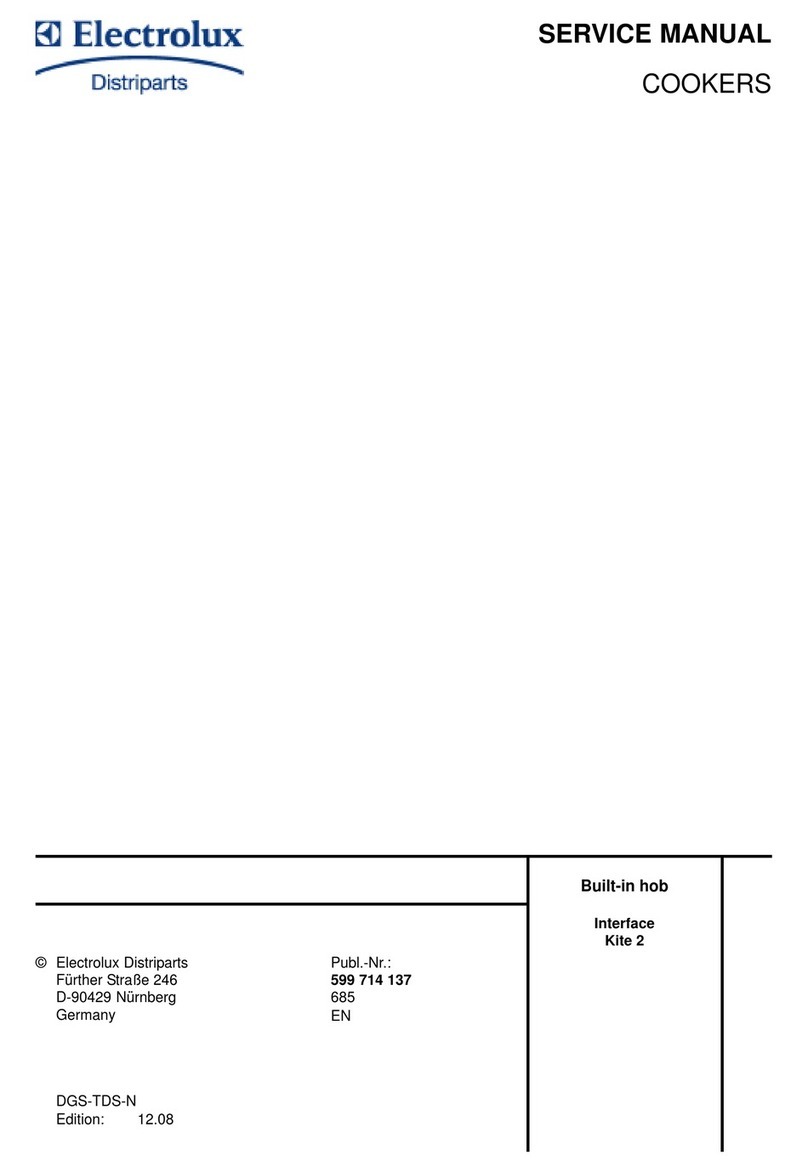
Electrolux
Electrolux Electric and Gas Cookers User manual

Electrolux
Electrolux 200372 User manual

Electrolux
Electrolux EKM55402X User manual

Electrolux
Electrolux EKG6121AOK User manual
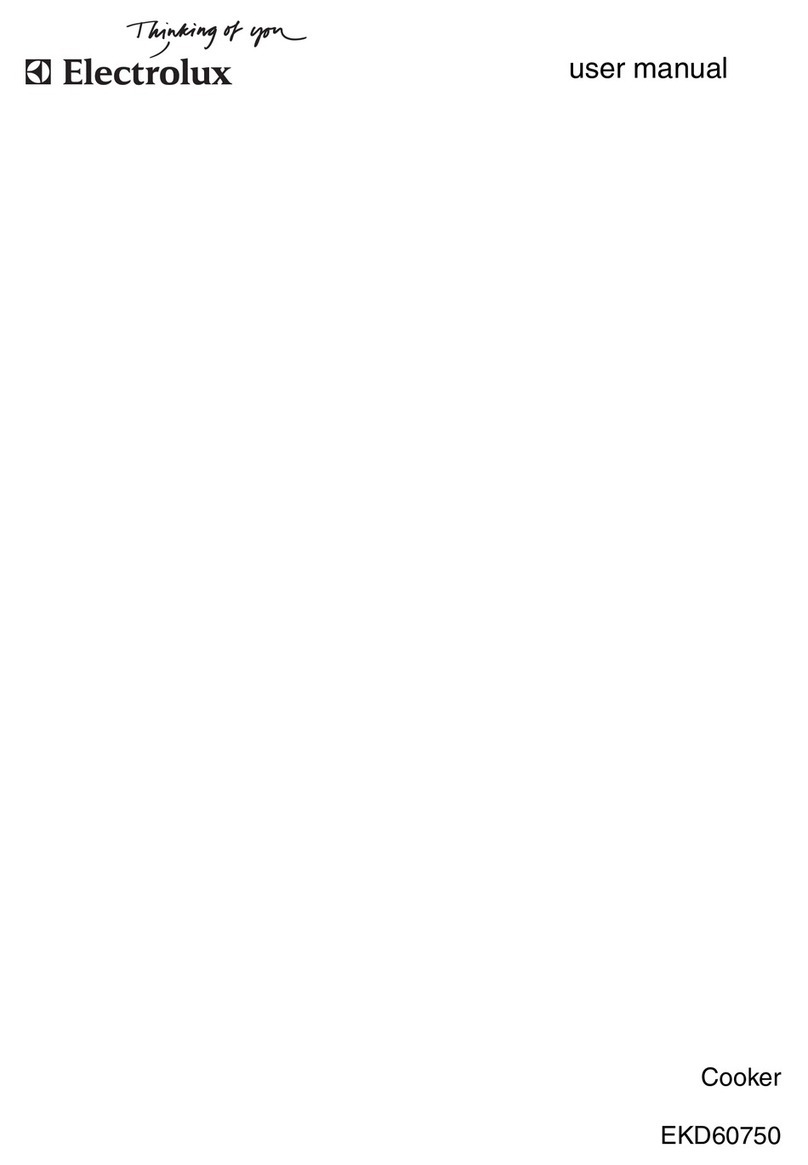
Electrolux
Electrolux EKD60750 User manual

Electrolux
Electrolux FEH60G2102 User manual

Electrolux
Electrolux Electric Cooker User manual

Electrolux
Electrolux LKM620000X User manual
Popular Cooker manuals by other brands

RiverGrille
RiverGrille TF2002501-RG Assembly instruction

Vollrath
Vollrath 69504F Operator's manual
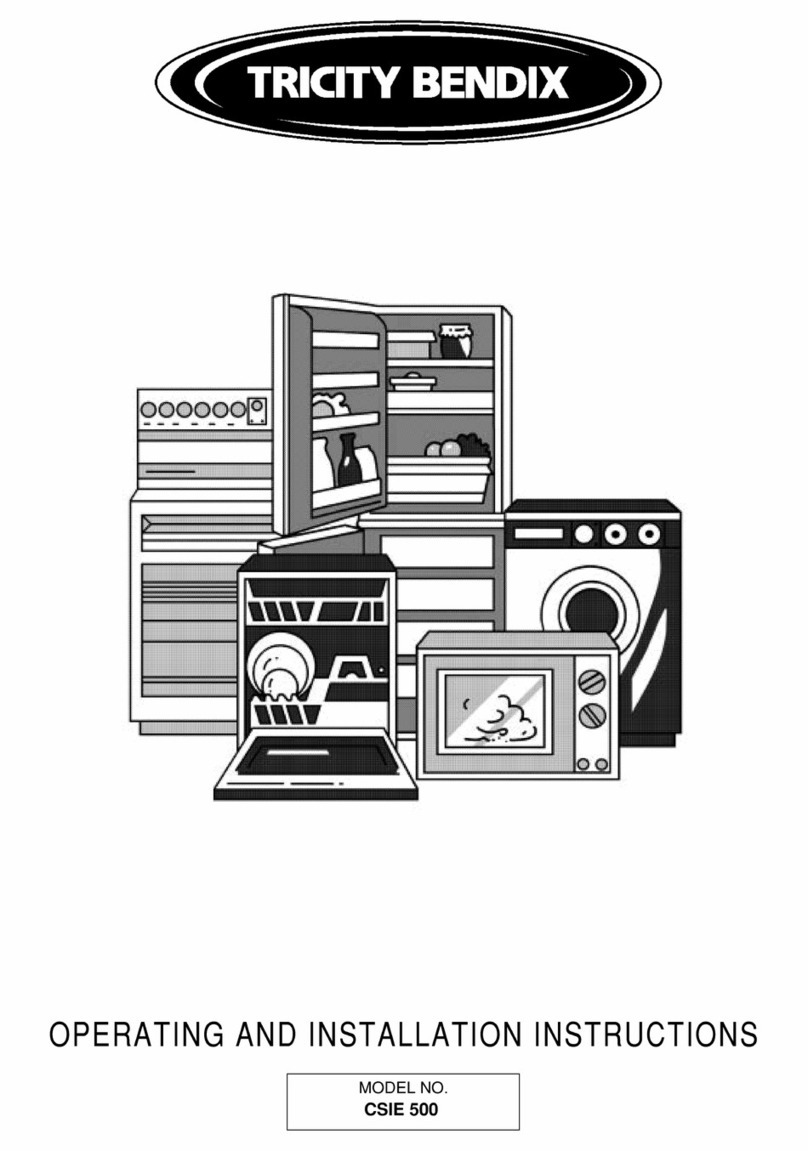
Tricity Bendix
Tricity Bendix CSIE500 Operating and installation instructions
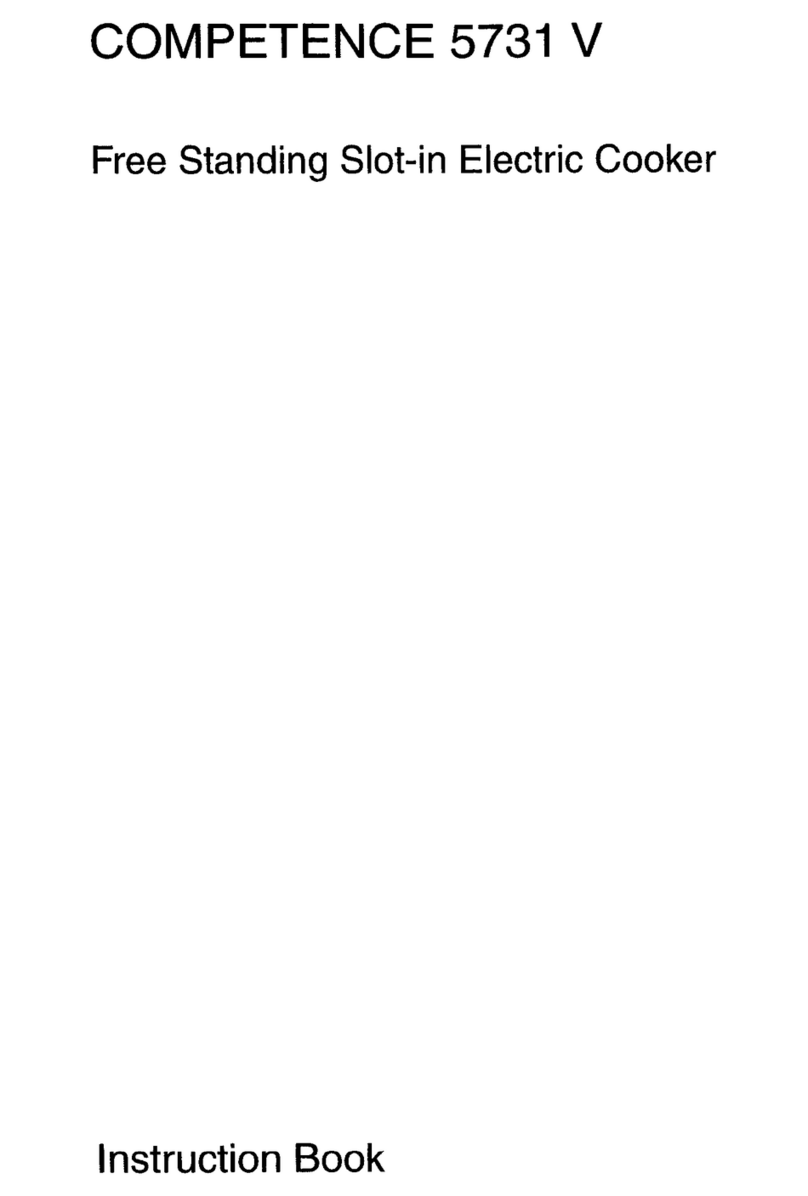
AEG
AEG Competence 5731 V Instruction book

Euromaid
Euromaid ES60 Installation and operation manual

Hotpoint
Hotpoint HUI 62 TP Instructions for installation and use
